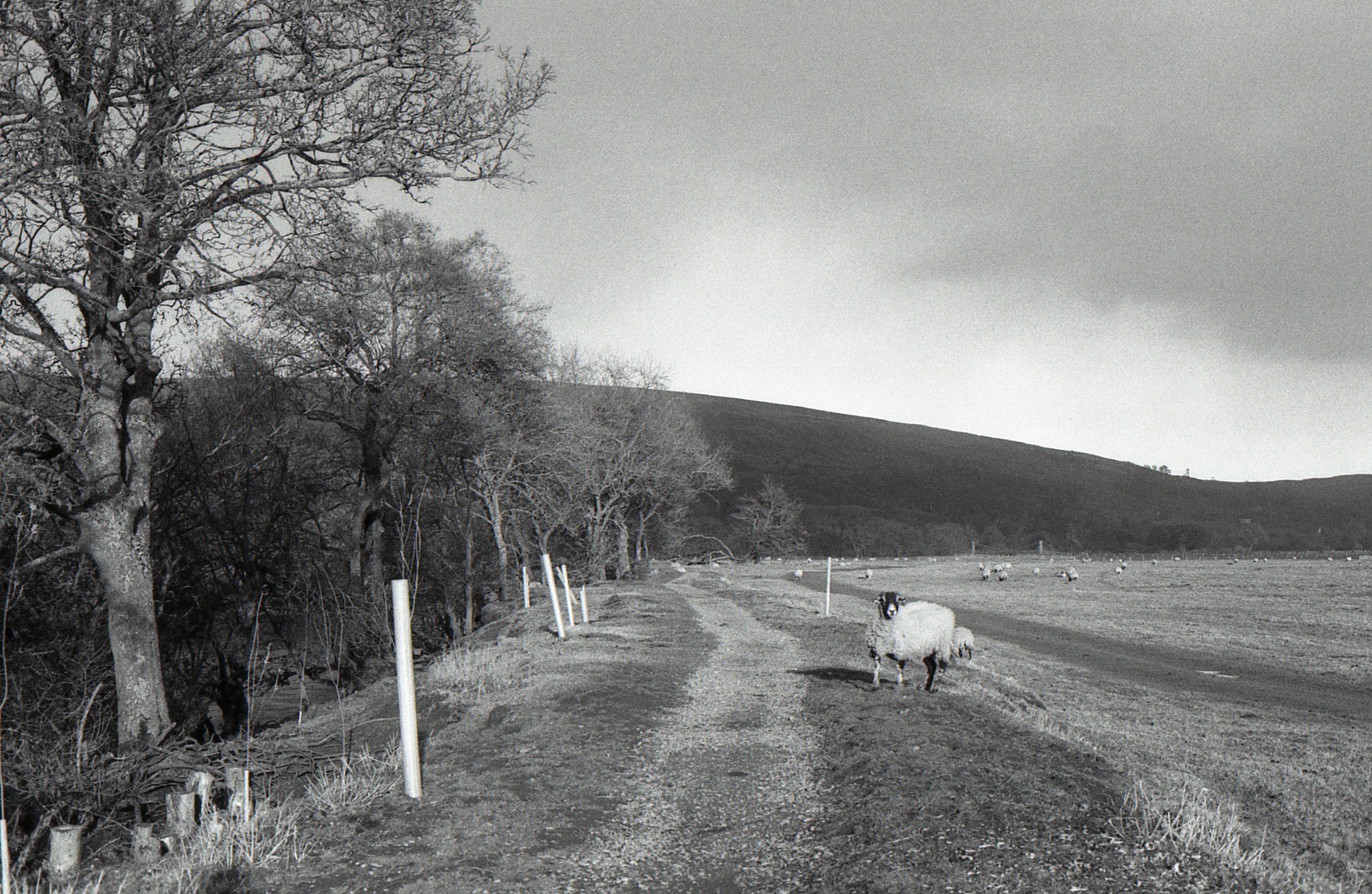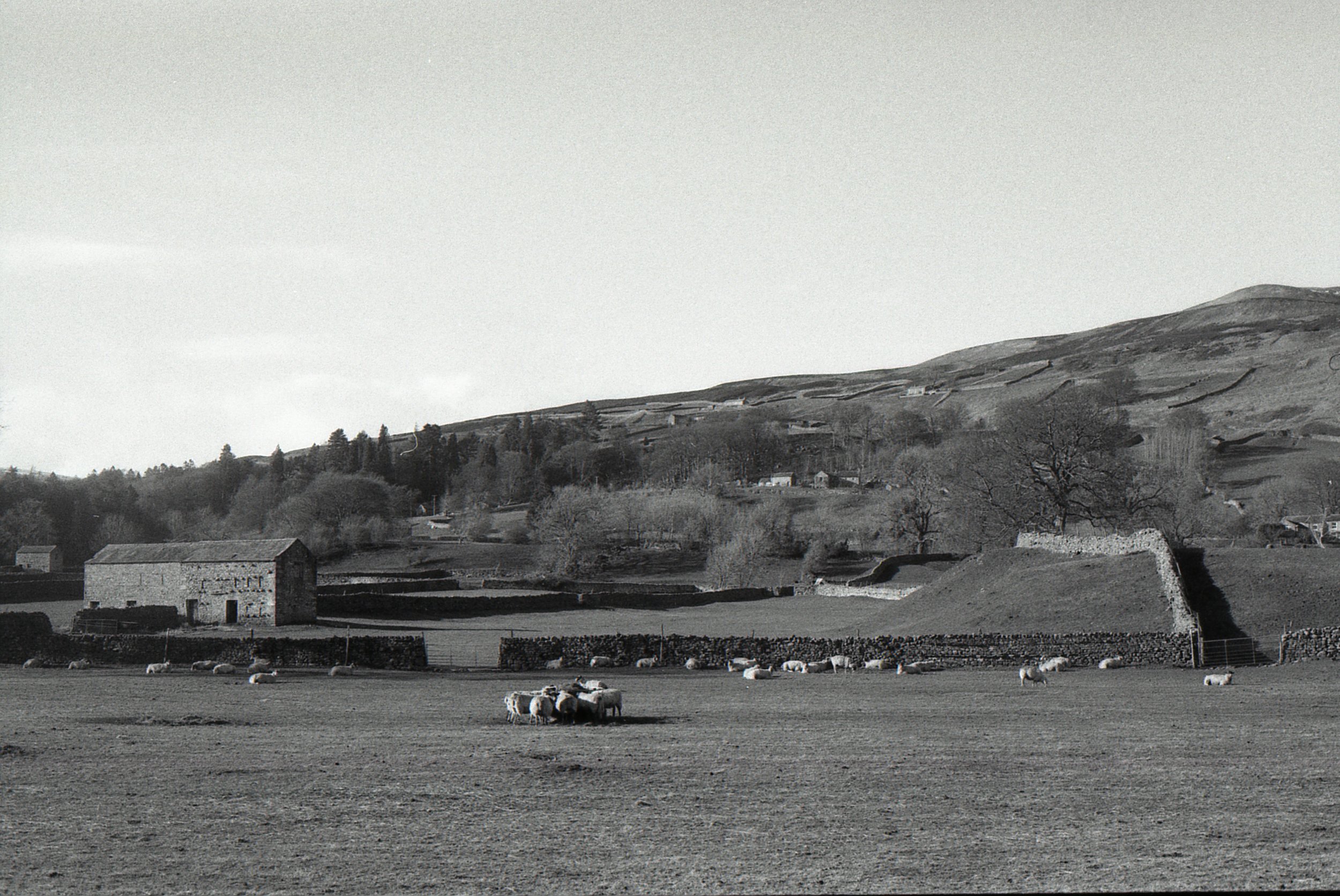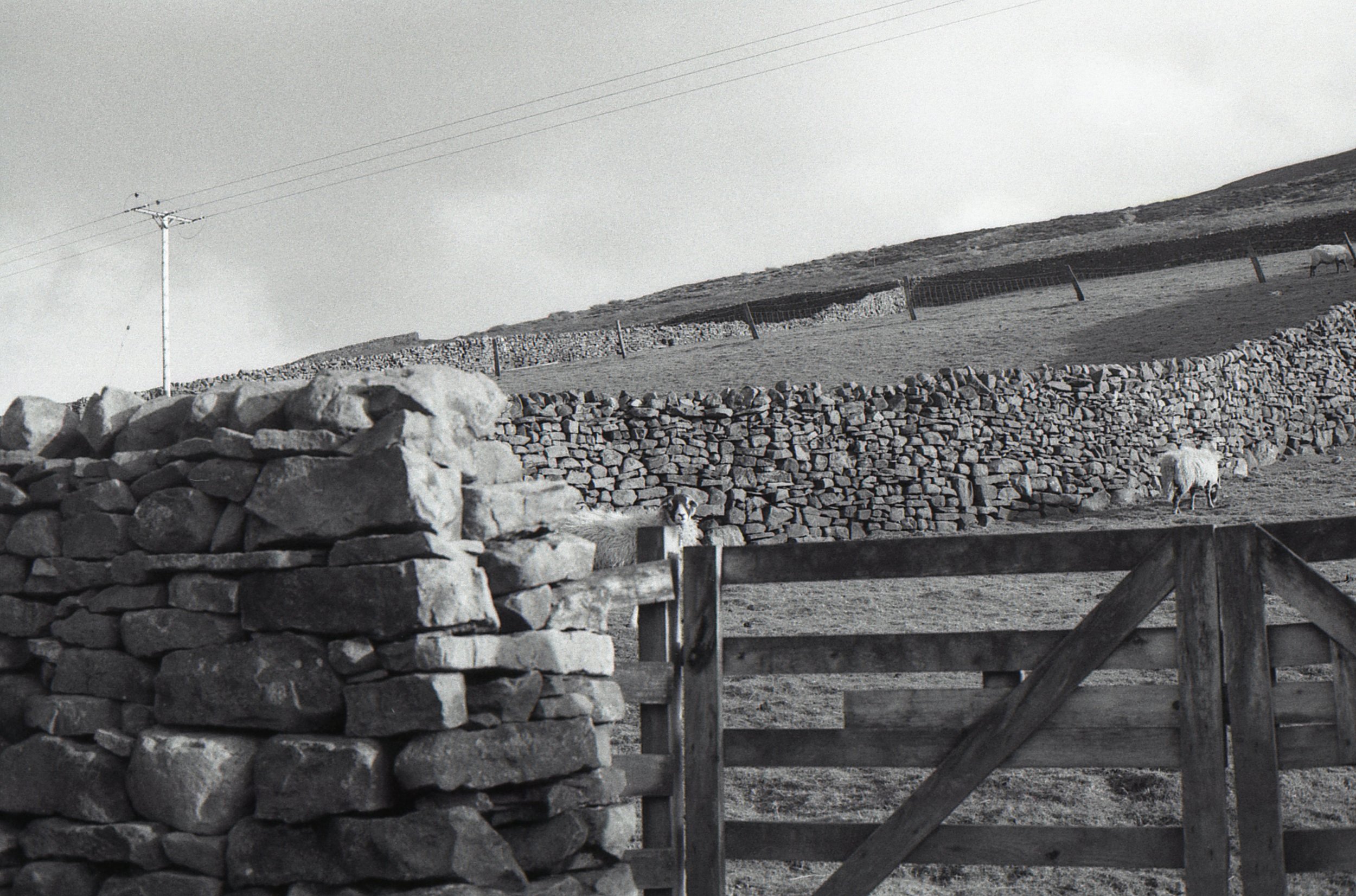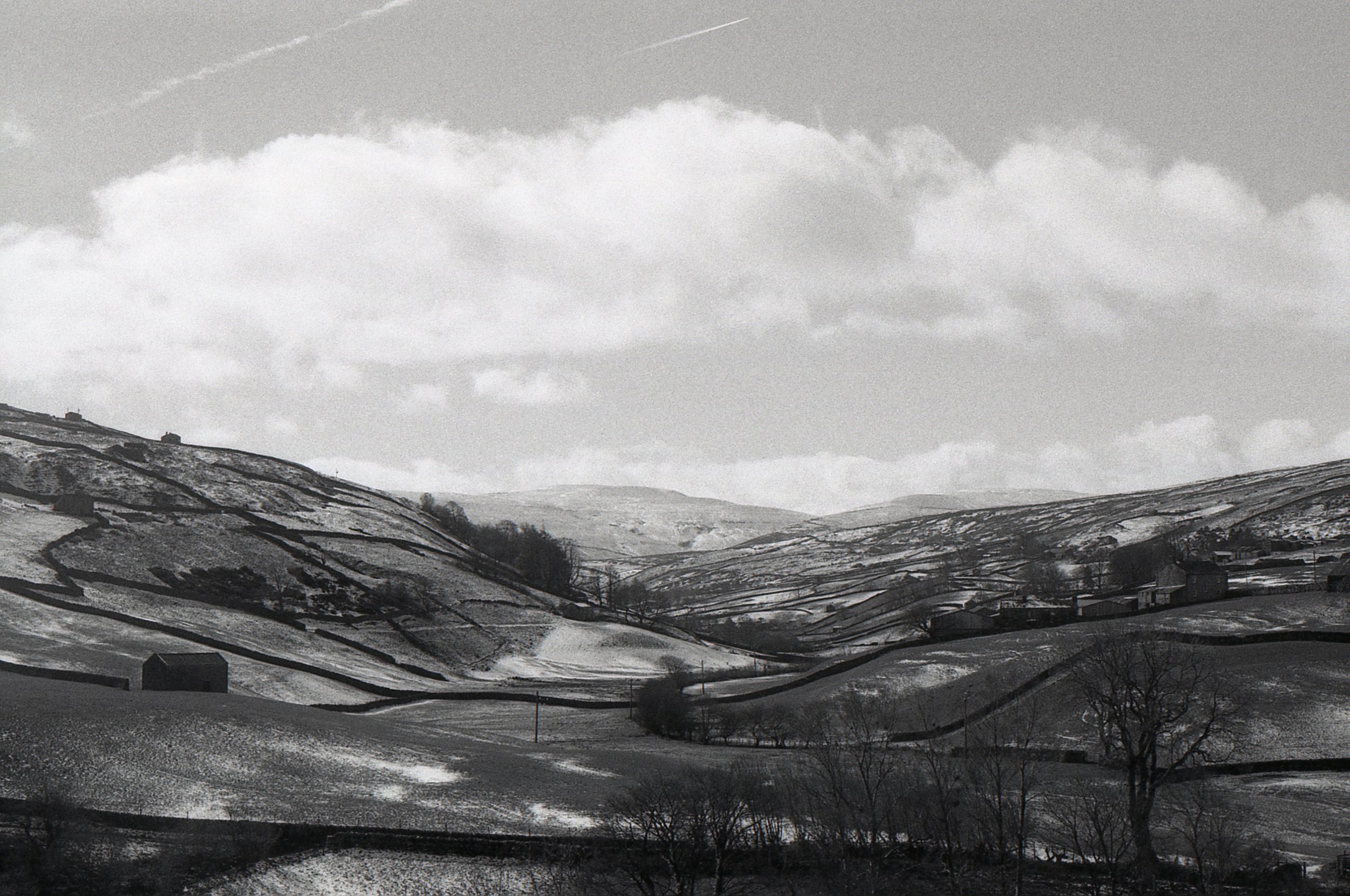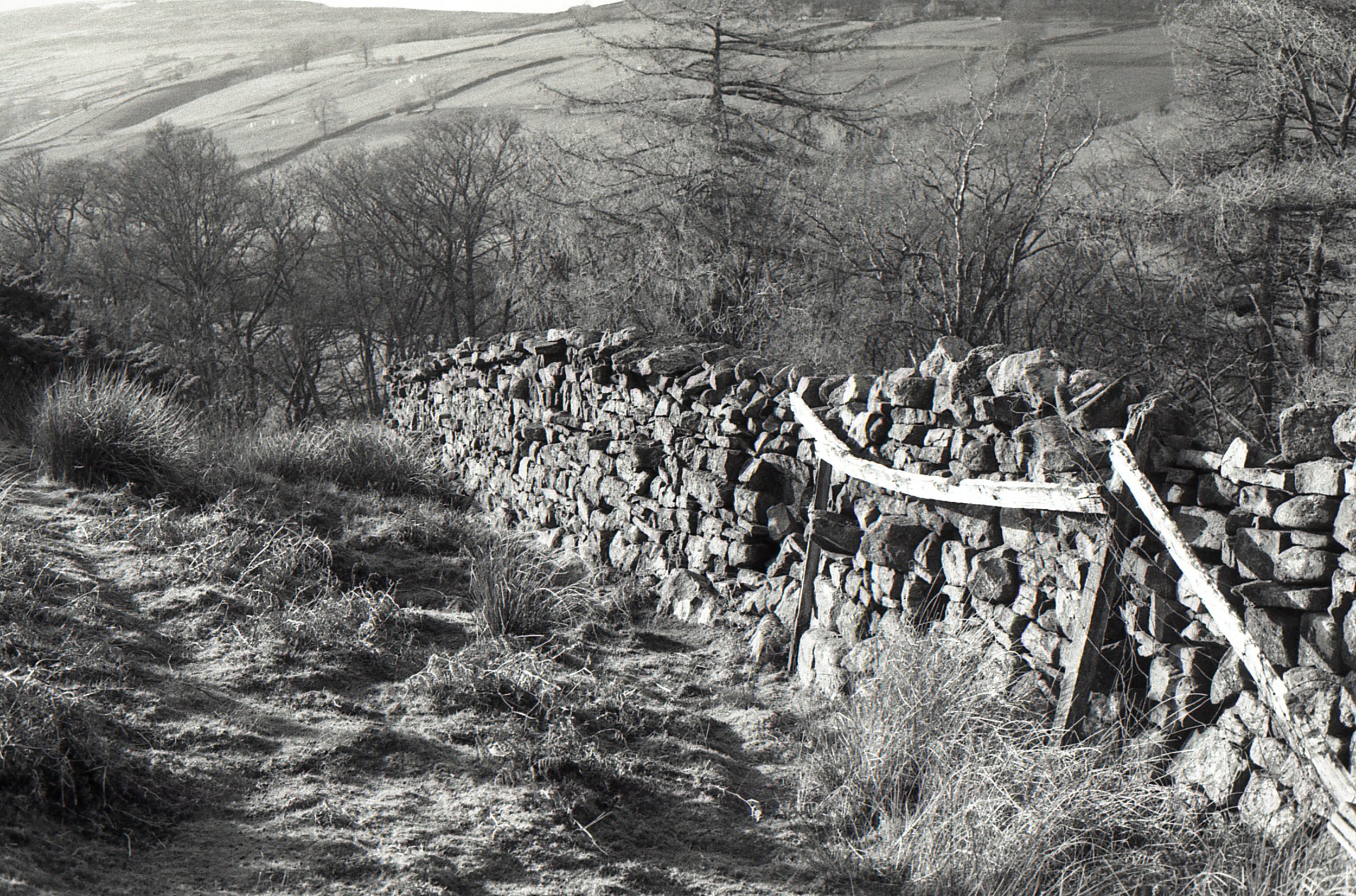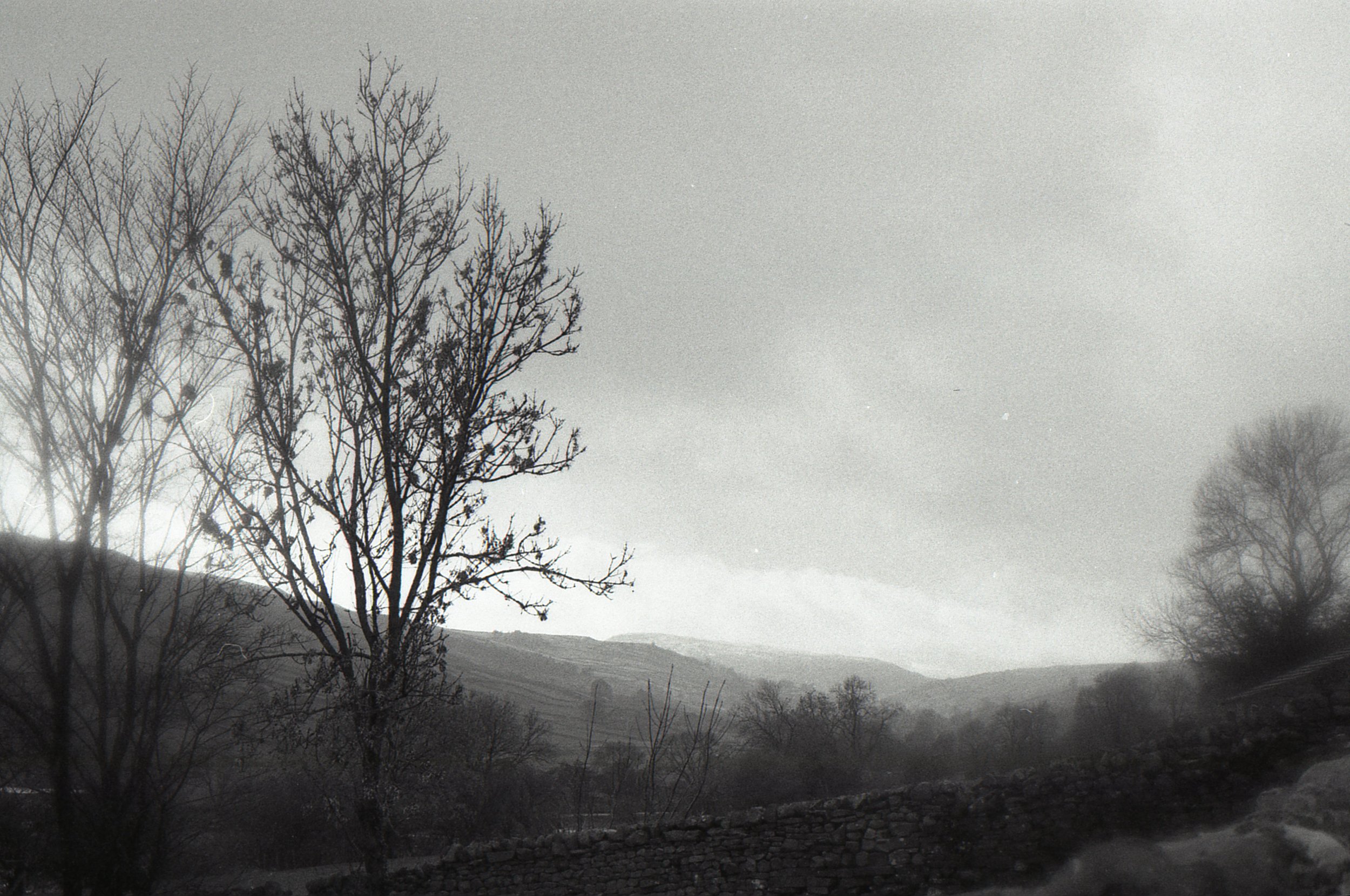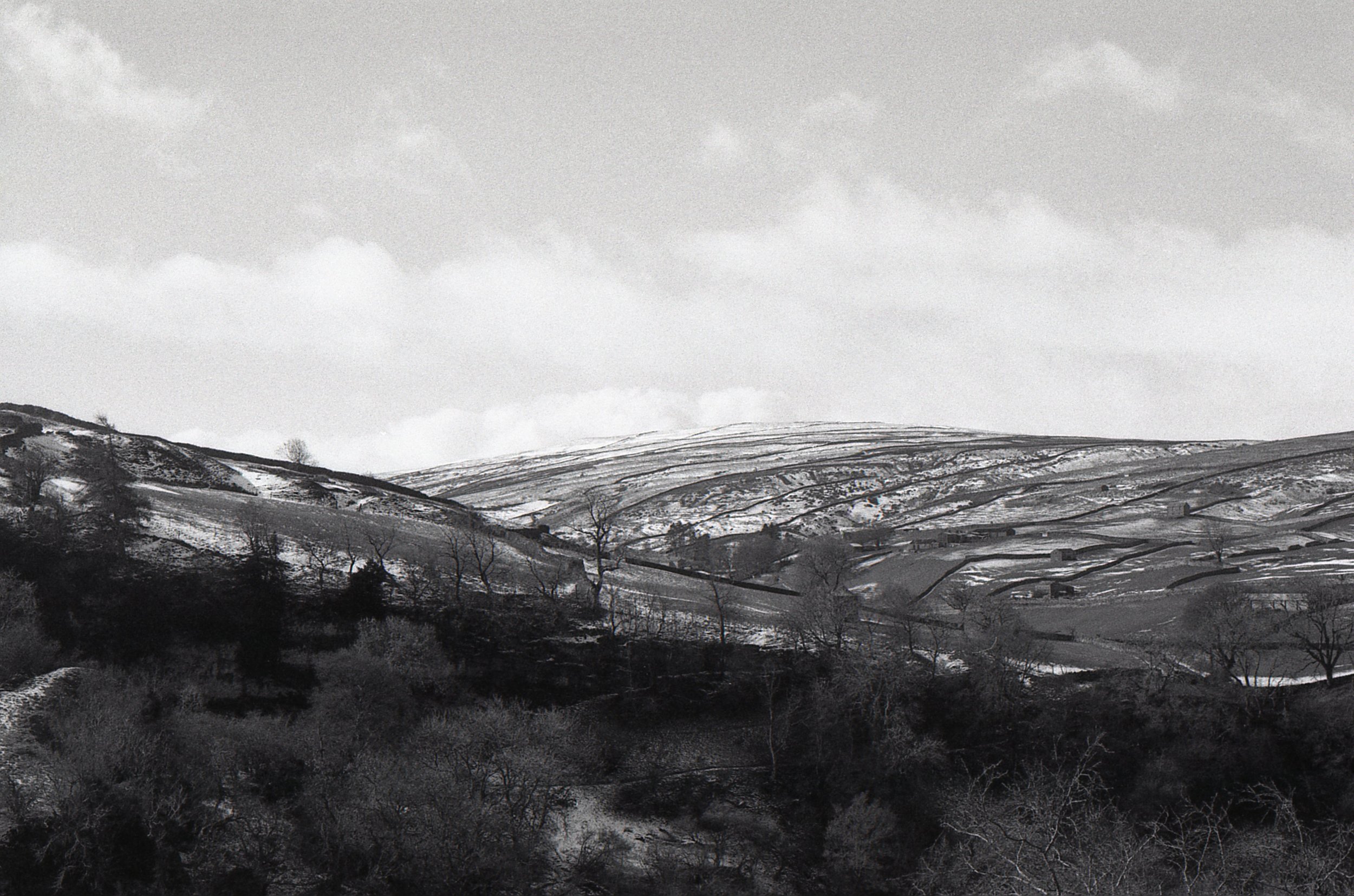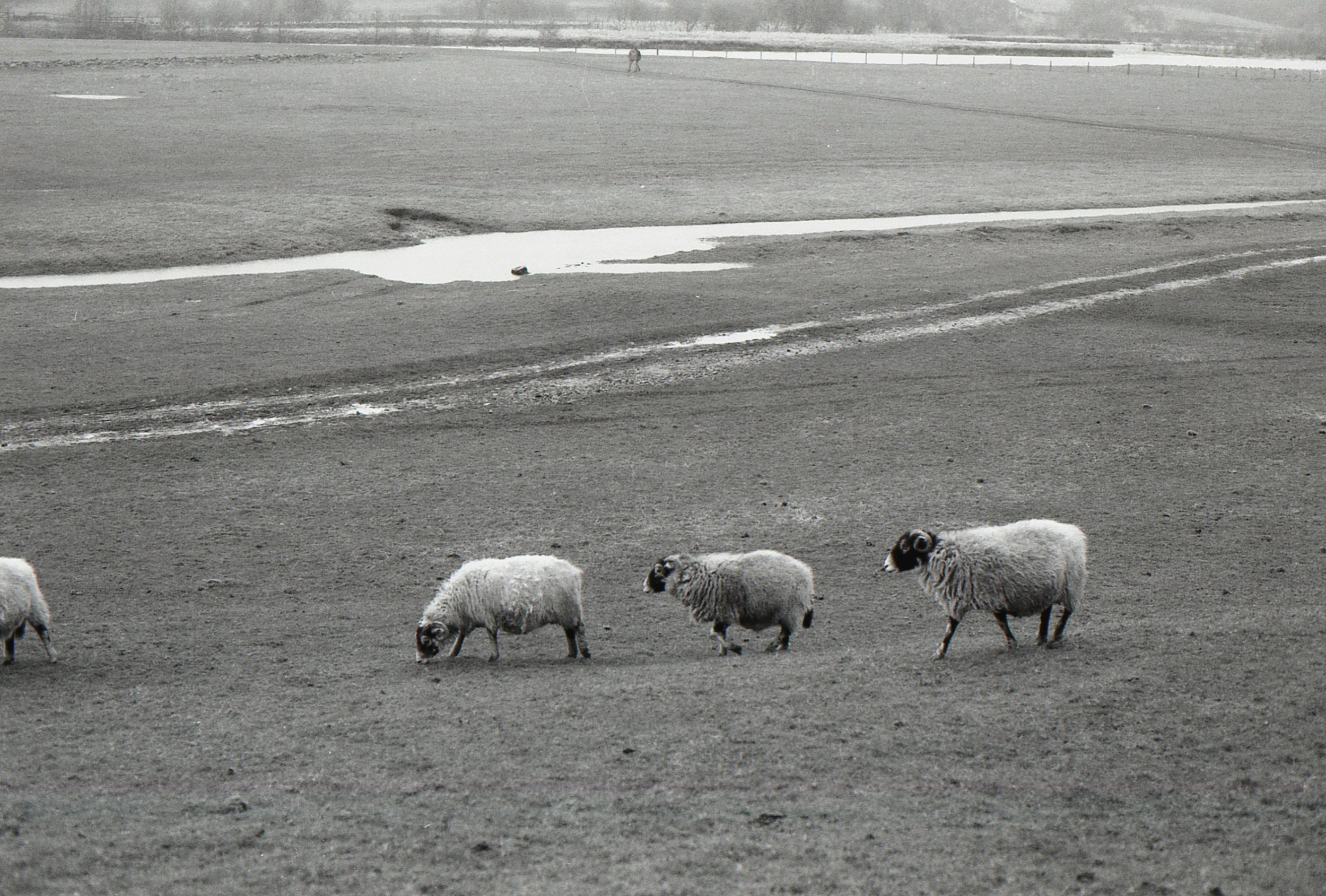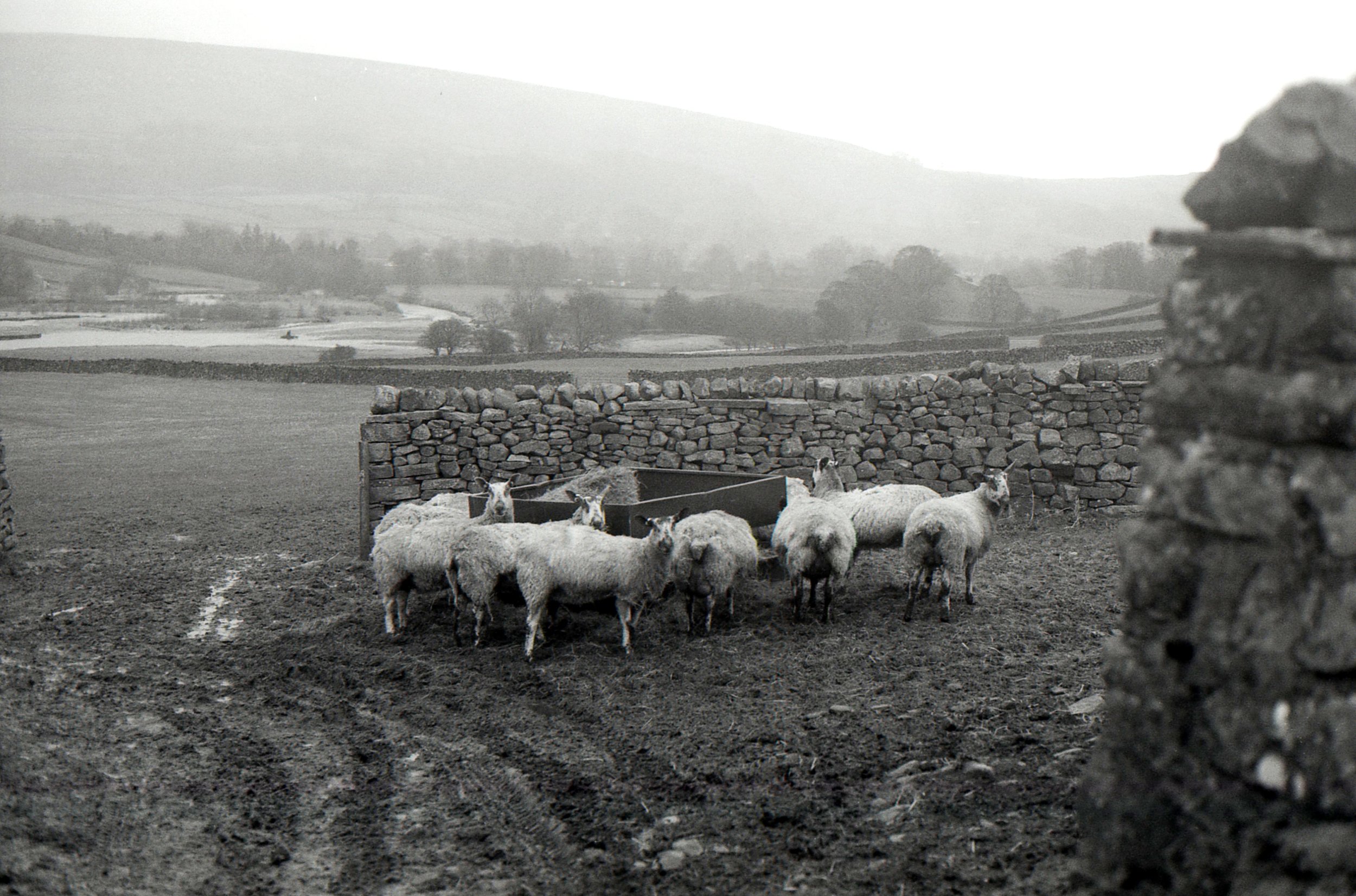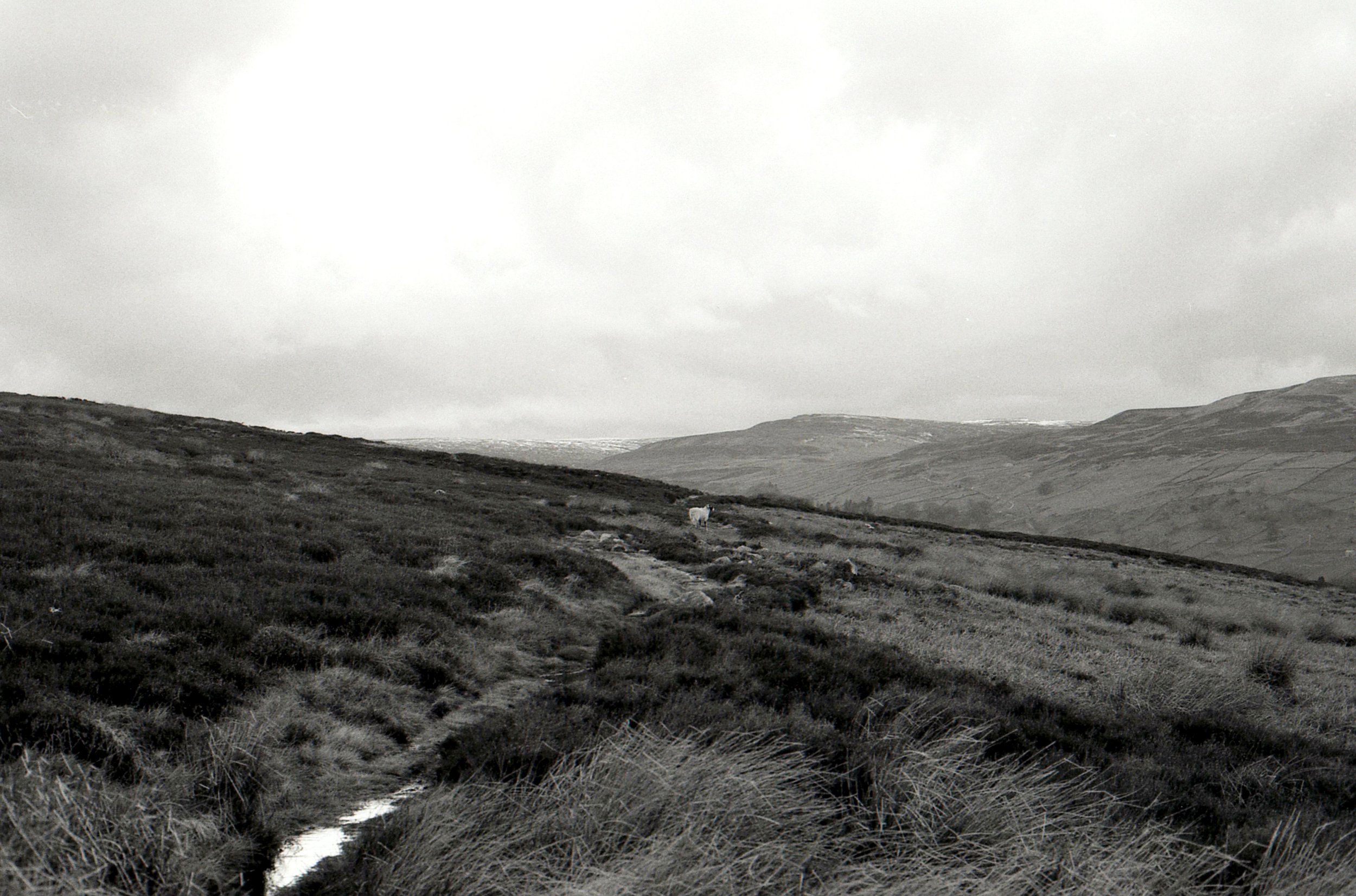The photos on the left of the cool swipe feature that I just discovered are the original scans from the scanner using the Epson scan automatic settings for black and white film. As I mentioned in my last post - you can see a really lovely gradient of the mid greys that this film produces - and overall, they are still nice photos, with a fine, smooth (almost romantic I think) grain. In fact, many people might be quite happy with those as a result. However, I definitely prefer my photos to have a stronger contrast, its something I tweak fairly often with colour and black and white film.
The right photos to me now seem to jump from the screen - the amazing bird sculpture in particular is thrown forward so that you can’t miss it and the depth of field in the background with that lovely blur, seems even further back. Some would argue that in upping the contrast I do lose some of the detail in the images - but what good is that detail when the overall image seems flat and unfortunately, a little bit forgettable because of that. I’m OK with the trade off.
So there you are - a visual of how different the film looked when scanned to how I edited it - I don’t think its actually that much but what do you think? Would you edit the left images as well or leave them as they are? Do you scan your own films and if so, how much do you tweak your photos after you’ve scanned them?
Film: Kodak T-Max 400 - sent to me for free by Kodak Alaris (thank you so much!) and developed by The Latent Image (not for free, I would just highly recommend them)
Camera: Canon EOS 750
Location: Reeth, Yorkshire Dales
